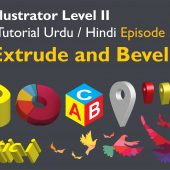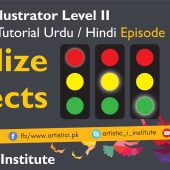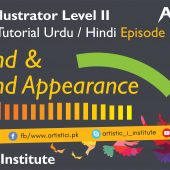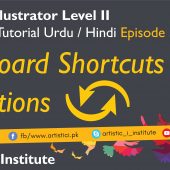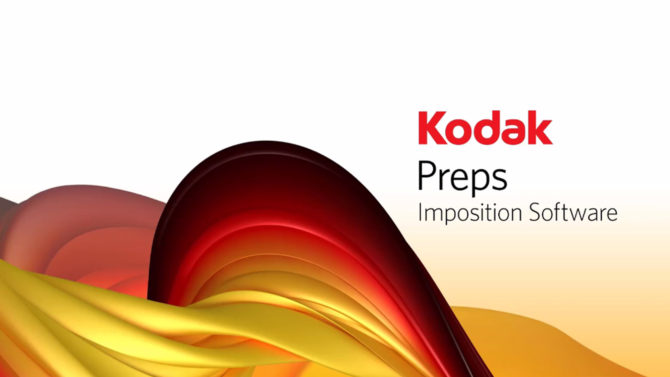Perspective – Adobe Illustrator – Episode 24 – Urdu/Hindi
Perspective Guide: Adobe Illustrator Episode 24
Perspective Guide in Adobe Illustrator is a powerful tool that allows you to create designs with depth and dimension. In this episode, "Perspective Guide," we will explore how to use this tool to enhance your design projects.
Introduction to the Perspective Guide
The Perspective Guide in Adobe Illustrator helps you draw objects in perspective, giving your designs a realistic three-dimensional look. This tool is essential for adding depth to your illustrations and making them more visually engaging.
Getting Started with the Perspective Guide
Setting Up the Perspective Grid
- Open the Perspective Grid: Go to View > Perspective Grid > Show Grid to display the perspective grid.
- Adjust the Grid: Use the Perspective Grid Tool (Shift+P) to adjust the grid settings according to your design needs. You can change the grid's vanishing points, grid cell size, and other parameters.
- Choosing the Perspective Type: Select between one-point, two-point, and three-point perspective grids depending on the complexity of your design.
Practical Applications
- Drawing in Perspective: Use the perspective grid to draw shapes and objects that conform to the perspective lines, creating a sense of depth and dimension.
- Placing Existing Artwork: Apply perspective to existing artwork by placing it on the perspective grid and adjusting its position and orientation.
Advanced Techniques
Editing Perspective Artwork
- Transforming Objects: Use the Perspective Selection Tool (Shift+V) to move, scale, and rotate objects in perspective. This ensures that the objects maintain their perspective alignment.
- Adding Text in Perspective: Create text that follows the perspective lines by using the Type Tool and adjusting it with the Perspective Selection Tool.
Combining Perspective Guide with Other Tools
- Perspective and Gradients: Combine the perspective guide with gradient fills to enhance the three-dimensional effect of your designs.
- Perspective and Patterns: Apply patterns to objects in perspective to create dynamic and textured designs.
Creating Complex Perspective Designs
- Layering Perspective Objects: Create complex scenes by layering multiple objects in perspective. This technique is useful for architectural designs, cityscapes, and other detailed illustrations.
- Using Multiple Perspective Grids: Switch between different perspective grids within the same document to create diverse perspective effects.
Best Practices for Using the Perspective Guide
Control and Precision
- Accurate Perspective: Ensure accurate perspective by carefully aligning objects with the perspective grid lines.
- Consistent Depth: Maintain consistent depth by using the same perspective settings for all objects in a scene.
Experimentation and Creativity
- Custom Grids: Experiment with custom perspective grids to create unique perspective effects.
- Mixing Perspectives: Combine different types of perspective within the same design for creative and visually interesting results.
Conclusion
Mastering the Perspective Guide in Adobe Illustrator opens up new creative possibilities for your design projects. By following the techniques covered in this tutorial, you can create designs with depth and dimension, making them more engaging and professional. Stay tuned for our next tutorial on Image Trace in Adobe Illustrator.
Next Tutorial: Image Trace - Adobe Illustrator Episode 25
Written by admin



